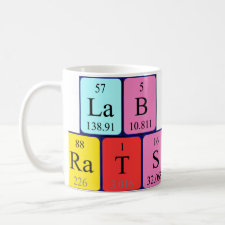
Authors: Zheng XD, Pan JM, Gao L, Wei X, Dai JD, Shi WD, Yan YS
Article Title: Silica nanoparticles doped with a europium(III) complex and coated with an ion imprinted polymer for rapid determination of copper(II).
Publication date: 2015
Journal: Microchimica Acta
Volume: 182
Issue: (3-4)
Page numbers: 753-761.
DOI: 10.1007/s00604-014-1382-7
Abstract: We have prepared highly monodisperse silica spheres doped with an Eu(III) complex and coated them with a nanoshell of a copper-imprinted polymer. The silica cores have a diameter of 200 nm, and the nanoshells have a thickness of 10-30 nm. The nanoparticles were characterized by means of scanning electron microscopy and transmission electron microscopy. The material is shown to be a viable fluorescent probe for Cu(II) ions. The surface molecular imprint renders the nanoprobe sensitive and selective. It was successfully applied to the detection of Cu(II) and gave a linear fluorescent response in the 10-100 μM concentration range. Compared to other methods, this one features high selectivity, sensitivity, low cost and ease of operation. We assume that this assay is applicable to routine trace determination of Cu(II) in water or biological environments. By adopting the appropriate functional monomers, cross-linking agents and template ions, the method can potentially be used to fabricate a highly selective imprinted probe for other heavy and transition metal ions
Template and target information: copper ion, Cu(II)
Author keywords: Europium complex, Fluorescence probe, ion imprinting, Cu(II) detection



Join the Society for Molecular Imprinting

New items RSS feed
Sign-up for e-mail updates:
Choose between receiving an occasional newsletter or more frequent e-mail alerts.
Click here to go to the sign-up page.
Is your name elemental or peptidic? Enter your name and find out by clicking either of the buttons below!
Other products you may like:
 MIPdatabase
MIPdatabase









